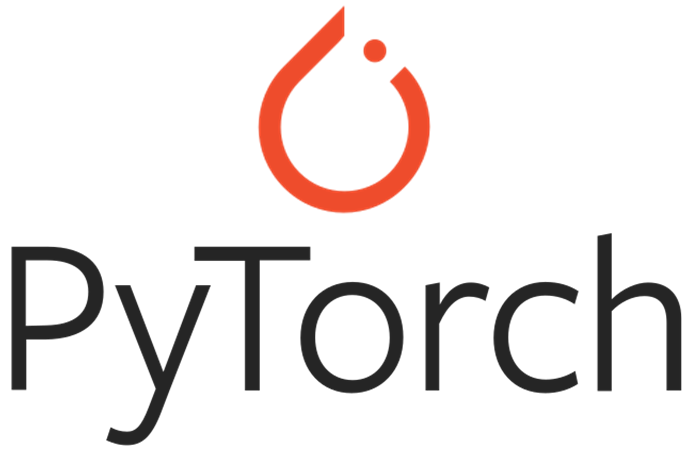
What is .pt files?
PyTorch in Machine Learning:
PyTorch is an open-source machine learning library developed by Facebook’s AI Research lab (FAIR). It is widely used for various machine learning tasks, including deep learning. PyTorch provides a flexible and dynamic computational graph, making it easy to define and modify complex neural network architectures. Some key features of PyTorch include:
-
Dynamic Computational Graph: PyTorch uses dynamic computation graphs, which means that the graph is built on-the-fly as operations are executed. This allows for more flexibility in model architecture and makes it easier to debug and experiment.
-
Automatic Differentiation: PyTorch incorporates a powerful automatic differentiation system called Autograd. It automatically computes gradients for tensor operations, which is crucial for training deep neural networks using techniques like gradient descent.
-
Eager Execution: PyTorch follows an eager execution model, allowing developers to work with tensors and perform operations in a way that is similar to NumPy. This facilitates easier debugging and prototyping.
-
Large Community and Ecosystem: PyTorch has a large and active community, and it is widely used in both academia and industry. This has led to the development of a rich ecosystem of libraries and tools built on top of PyTorch.
Why Machine Learning Weights are Saved as .pt Files:
In PyTorch, the model parameters, also known as weights, are often saved in files with a .pt extension. These files contain the learned parameters of a trained model, including weights and biases. Saving model weights is essential for several reasons:
-
Model Persistence: Saving model weights allows you to persist the trained model for later use. Once a model is trained, you can save its parameters, and then load them later to make predictions or continue training.
-
Transfer Learning: Pre-trained models with saved weights are commonly used for transfer learning. You can take a pre-trained model on a large dataset and fine-tune it on a smaller dataset for a specific task. The saved weights make it easy to initialize the model with the learned features.
-
Deployment: When deploying a machine learning model, you want to use the exact parameters that were learned during training. Saving and loading weights ensures consistency between the training and deployment phases.
How .pt Files are Structured:
The structure of a .pt file depends on the serialization method used to save the PyTorch model. PyTorch provides a torch.save() function, which can save models using different serialization formats, such as Pickle or the more efficient and compact torch.save() format.
For the torch.save() format, the file is typically a serialized Python dictionary containing the model’s state dictionary. The state dictionary includes the values of all the model parameters (weights and biases) at the time of saving. Here is a simplified example:
import torch
# Save model
model = YourModel()
torch.save(model.state_dict(), 'model_weights.pt')
# Load model
loaded_model = YourModel()
loaded_model.load_state_dict(torch.load('model_weights.pt'))
In this example, model.state_dict() returns a dictionary containing all the learnable parameters of the model. This dictionary is then saved using torch.save(). During loading, the model is initialized, and its parameters are set using load_state_dict(). This process ensures that the model’s architecture matches, and the saved weights are applied correctly.